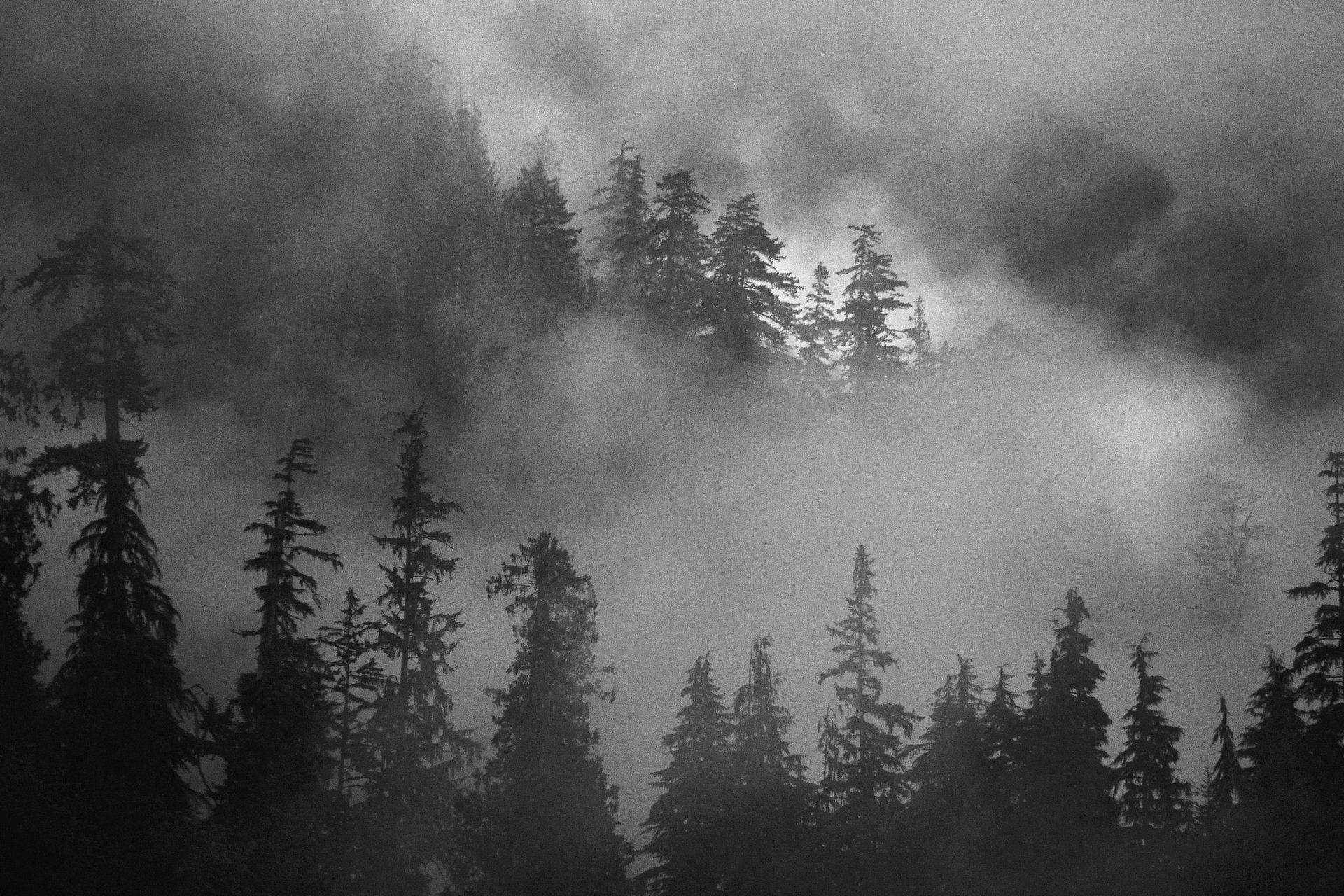Unveiling the Heart of Midwestern Storytelling
- Jay Whales

- Jul 23, 2025
- 4 min read
Storytelling is an integral part of human culture, and the Midwestern United States has its unique flavor. The heartland is filled with tales that reflect its landscape, traditions, and its people. From the rolling hills to the vast plains, Midwestern storytelling encompasses a breadth of genres and styles, making it a fascinating subject to explore.
Midwestern Storytelling
Midwestern storytelling is characterized by its authenticity and simplicity. The stories often draw from personal experiences, local folklore, and the unique way of life in this region. They reflect the values instilled by the tight-knit communities, where everyone knows each other, and local histories are passed down through generations. This storytelling tradition embraces a variety of forms, including oral histories, novels, and even poetry.
The unique settings and cultures of the Midwest provide rich material for storytellers. From the farmlands of Iowa to the bustling cities of Chicago and Minneapolis, each area has its own stories steeped in history and emotion. In fact, according to the National Endowment for the Arts, the Midwest has produced numerous notable writers who have contributed to American literature, including Willa Cather, Kurt Vonnegut, and Louise Erdrich. Their works often reflect the essence of Midwestern life, creating a deep connection between the source of inspiration and the narratives they create.

The Importance of Settings
The settings in Midwestern stories are not just backdrops; they are almost characters in their own right. Places like Lake Michigan or the Mississippi River often serve as central themes in various tales. The changing seasons also play a pivotal role—each season brings its own memories and feelings, which storytellers beautifully weave into their narratives.
For example, winter storytelling may depict the harsh landscapes and the resilience of the characters who endure snowy, isolated conditions. Contrastingly, stories set in summer often evoke feelings of community gatherings, barbecues, and the joy of outdoor living. This rich tapestry of seasonal settings adds another layer of depth to the narratives.
In addition to physical locations, Midwestern storytelling often includes cultural landmarks that reflect communal heritage. Events like county fairs, state fairs, and community parades serve as focal points in stories, showcasing the values of camaraderie, hard work, and celebration.

What is the best western novel ever written?
Determining the "best" Western novel can spark heated debates among literature enthusiasts. Many consider "Lonesome Dove" by Larry McMurtry as a landmark in Western fiction. This Pulitzer Prize-winning novel intertwines the lives of several cowboys and their adventures on a cattle drive from Texas to Montana.
The power of "Lonesome Dove" lies in its character development and exploration of themes such as friendship, love, and loss. Written in a way that captures the harsh realities of cowboy life, it brings to the forefront the human condition amidst the backdrop of the American West. But it is also worth noting that stories from the Midwest often possess similar qualities of heart and resilience, revealing the interconnectedness of various American literary traditions.
While "Lonesome Dove" exemplifies classic Western storytelling, many Midwestern tales encapsulate similar themes but with a unique twist that reflects the region’s distinct culture, often focusing on ordinary people's experiences rather than grandiose adventures.
Methods of Storytelling
Storytelling methods vary widely across the Midwest. While oral traditions hold significant weight, many modern storytellers are exploring innovative avenues like multimedia, podcasts, and social media to share their narratives.
Podcasts have become especially popular, providing a platform for storytellers to reach broader audiences. Shows featuring tales of local legends, ghost stories, or personal anecdotes from Midwesterners resonate deeply with listeners. This format not only helps preserve oral traditions but also fosters community through shared experiences.
Additionally, writing workshops encourage aspiring authors to hone their craft. Local libraries and community centers often host these workshops, where writers gather to develop their techniques and share their stories. This nurturing environment creates a community of storytellers who celebrate their Midwestern roots through their written words.

Celebrating Diversity in Midwestern Storytelling
It is essential to recognize that Midwestern storytelling is not monolithic. It encompasses a wide range of voices and perspectives, reflecting the diverse populations that call this region home. From immigrant stories to accounts of indigenous peoples, these narratives add richness and depth to the tapestry of Midwestern literature.
Authors like Chimamanda Ngozi Adichie and N. Scott Momaday have contributed greatly to this diversity, inviting us to see the Midwestern experience through their unique lenses. Their works remind us that every story is valuable and adds essential complexity to the understanding of our shared histories.
Diversity in storytelling includes various genres; for instance, while many narratives may focus on historical fiction or memoirs, there are also emerging voices in speculative fiction and fantasy that root their tales in Midwestern settings, breathing new life into age-old traditions.
For those interested in exploring more about Midwestern storytelling and connecting with contemporary authors, platforms like mid-western-stories offer essential resources, connecting readers and writers alike.

The Future of Midwestern Storytelling
As we look to the future, Midwestern storytelling faces both challenges and opportunities. With the rise of the internet and social media, diverse voices can find their platforms and share their stories more widely than ever before. However, the challenge remains to keep traditions alive while adapting to modern mediums.
For the next generation of storytellers, embracing innovation while respecting the rich tapestries of the past is crucial. Workshops, literary festivals, and community events play a pivotal role in nurturing this balance, allowing young voices to learn from seasoned storytellers.
Moreover, collaborations between local authors, schools, and arts organizations can foster a culture of storytelling that thrives on community engagement. With both new technologies and traditional methods in the toolkit, Midwestern storytelling can continue to thrive and evolve, preserving the heart and soul of this unique region.
In a world where stories remain one of the most powerful tools for connection, the Midwestern narrative tradition shines as a testament to resilience, community, and the enduring spirit of humanity. The tales of this region will continue to captivate audiences, encouraging a deeper understanding of life's complexities and the beauty found within our shared experiences.
As we unveil the heart of Midwestern storytelling, let us celebrate every voice, every tale, and the symphony of stories waiting to be told.































Comments